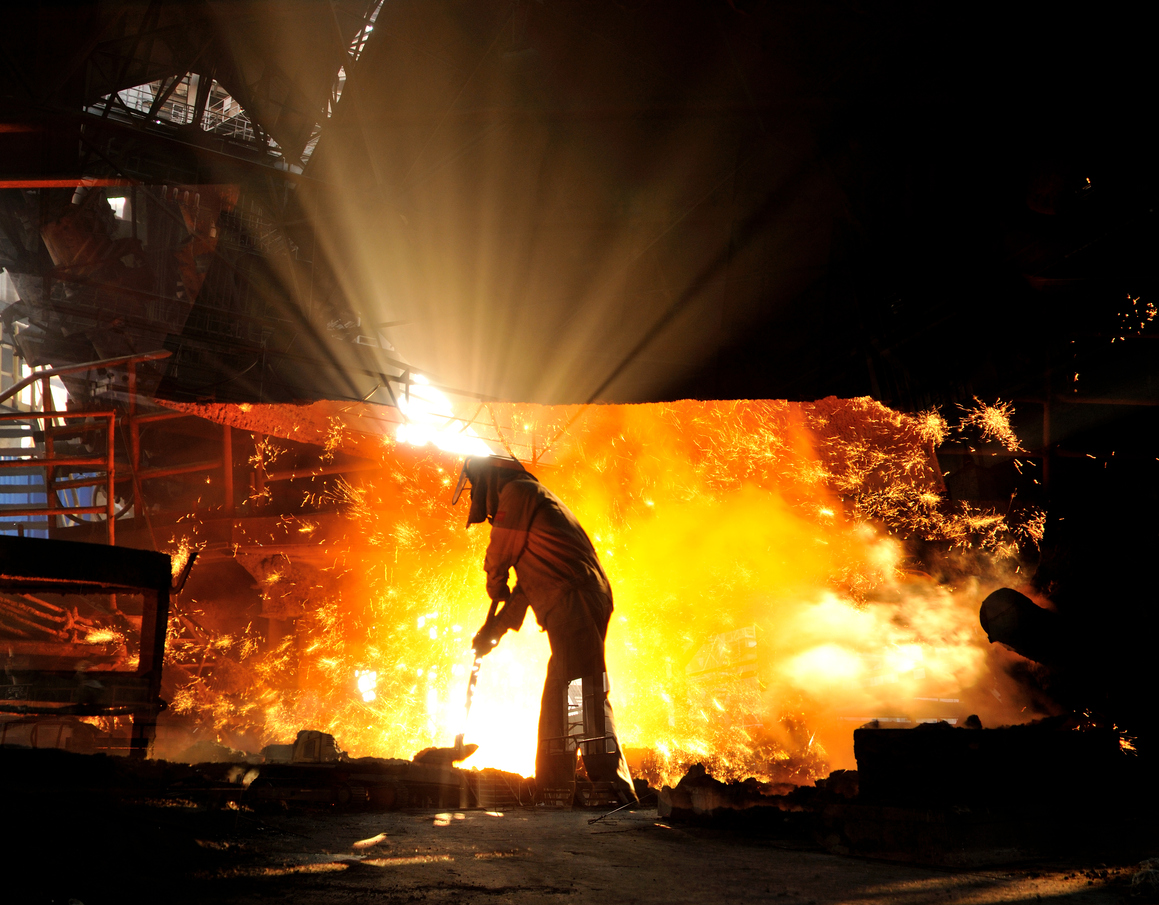- Home
- Science
- Our Work
- Air Pollution
- Agriculture, Farming and Pesticides
- Asthma and other Lung Diseases
- Coronavirus Pandemic (COVID-19)
- Exposure to Chemicals and Dust
- Exposure to Nanomaterials
- Human Exposure
- Neurodegenerative Diseases
- Musculoskeletal Disorders
- Occupational Cancer
- Sustainable Working
- Sustainability and Climate Change
- Stress, Wellbeing and Psychosocial Issues
- COVID-19 IOM Study of Face Coverings in Retail Environments
- Styrene Study
- PROTECT COVID-19 National Core Study
- Firefighters and Cancer – IOM Report
- MORtality Study of Former Professional Footballers in England and Wales (MORSE) Study
- Our Scientists
- Our Expertise
- Nano Material Services
- Development and Management of Data and Information Systems and Services
- Ergonomics Design and Evaluation
- Epidemiological Studies & Methods
- Exposure Assessment
- Health Impact Assessment (HIA) and Risk Assessment
- Policy Evaluations
- Study Design and Statistical Analysis
- Systematic Reviews and Meta-analyses
- Toxicology
- Workplace Cluster of Disease
- IOMLIFET
- IOM Scientists Advocate Tighter Standards for Airborne Dust at Work
- Research Project on Work Related Musculoskeletal Disorders
- Styrene Study
- Firefighters and Cancer – IOM Report
- IOM Library
- Contact our Research Experts
- Our Work
- Occupational Hygiene
- Case Studies
- Air Quality Sensors
- COSHH Assessment
- Dust Exposure
- Environmental Management
- Face Fit Testing
- Hand-Arm Vibration
- Indoor Air Monitoring
- Laboratory Animal Allergens
- Legionella Risk Assessment
- Local Exhaust Ventilation
- Noise Monitoring
- Thermal Exposure Monitoring
- Workplace Exposure Limits (WELs)
- Welding Fumes
- Remote Monitoring Services
- Formaldehyde Exposure Monitoring
- Biological Agent Exposure Monitoring in Waste Management
- Chromium VI
- Occupational Hygiene – Quick Quote
- Lab Services
- Asbestos and other Fibres
- Asbestos Sample Testing
- Asbestos Proficiency Testing
- Dust and Crystalline Silica
- Lead in Paint
- Metals, acid anions, acid gases
- Microbiology
- Pharmaceuticals
- Solvents & Other Organic Chemicals
- Hazard Assessment and Toxicology
- Dustiness Testing of Bulk Powders
- Lab Services Quick Quote
- Training
- Courses
- Face Fit Tester Training – Combined 2-day Course
- Face Fit Tester Training – Day 1 Qualitative Test Method
- Face Fit Tester Training – Day 2 Quantitative Test Method
- One Day Ventilation Maintenance Course
- BOHS Five Day Authorised Person (Ventilation) Course
- BOHS Three Day Competent Person (Ventilation) Course
- BOHS Two Day Competent Person (Ventilation) Refresher Course
- Contact our Training Team
- Courses
- Hospital Ventilation
- Authorising Engineer
- Dentistry Post Lockdown
- Design Review
- Independent Review
- Diathermic pen and Electro surgical tool testing
- Microbiological Monitoring
- Systems Refurbishment and Upgrade
- Validation and Verification Testing
- HSE COVID-19 Spot Check Inspections
- Training
- Contact Our Hospital Ventilation Experts
- Consultancy
- Our Company
- Contact Us

What is occupational cancer?
Each year there are probably more than 700,000 deaths from work-related cancers around the world, mostly lung cancers and other respiratory tumours. The main causes are asbestos, dust containing crystalline silica, diesel engine exhaust particulate, and a number of other hazardous agents. The main employment sectors impacted are construction and manufacturing.
In developed countries, these hazardous exposures are decreasing over time because of stricter laws and better control of work processes. However, in developing countries workplace exposure to carcinogenic substances are generally less well controlled and the risks may be very high.
Our research:
We develop research to understand which workplace agents cause cancer and how to intervene to reduce risks.
We undertake a wide range of research related to workplace cancer: from studies to characterise exposure of people to carcinogens to epidemiological investigations in populations exposed to carcinogenic substances. We have provided estimates of the number of cancer deaths associated with work activities to help governments develop appropriate policy initiatives, and we have completed high profile reviews of the evidence for the carcinogenicity of workplace exposures.
Our cancer research is funded by governments, industry, and charitable organisations.
We have expertise in:
- assessment of exposure to evaluate cancer risks for workers
- design and conduct of occupational epidemiological studies
- estimation of cancer burden at a national and international level
- investigation of cancer clusters, i.e. unexplained incidence of cancer in specific workplaces
- review of the published scientific literature for causation of cancers by work
Our scientists are international experts in cancer epidemiology and cancer burden estimation. We have carried out numerous studies in working populations to determine whether there is an increased risk of death or cancer incidence. We have particular expertise in assessing exposure in these types of study, which may require special techniques to assess historic working conditions.
Key projects
- Investigation of the cancer risks in the British rubber manufacturing industry
- A review of the impact of shift-work on cancer
- Mortality among hard metal production workers
- Occupational Ill-health in the Singapore construction sector: cancer and non-malignant respiratory diseases
Sponsors we have worked for
- Cancer Research UK
- British Health and Safety Executive
- IOSH
- International Tungsten Industry Association
- Workplace Safety and Health Institute, Singapore
We are resolute in understanding the causes of work-related cancer and to identifying what can be done to reduce the burden of these diseases on society.
Each year cancer kills around 8 million people around the world. The International Labour Organisation (ILO) estimates that 666,000 deaths are caused by work-related cancers. Source: OSH WIKI


